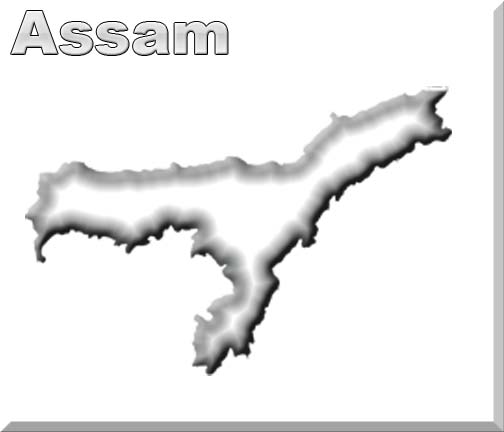Assam MLAs to volunteer for vasectomy
 Birth control begins at House. This is what a majority of legislators decided while deliberating on vasectomy and population explosion in the Assam Assembly on Friday.
Birth control begins at House. This is what a majority of legislators decided while deliberating on vasectomy and population explosion in the Assam Assembly on Friday.
The issue of sterilization and contraception cropped up after Tarun Gogoi’s Congress-led government was chided for encouraging reproduction through populist schemes such as Janani Suraksha Yojana.
“The Janani scheme entails financial rewards for women belonging to economically weaker sections who opt for institutional delivery instead of giving birth at home. The scheme was conceived to ensure better health for both mother and child, and not to encourage large-scale human reproduction. On the contrary, doctors and health workers are using such schemes to counsel on the benefits of smaller families,’ said Health Minister Himanta Biswa Sarma in reply to a question from Independent legislator Pranab Kalita.
Such counseling, he added, has led to over 50,000 males and females undergoing sterilization and vasectomy in Assam. “The figure is expected to cross 1 lakh in the current fiscal,” he said.
The sterilization drive, the House was told, has been more popular in the tea-growing belts inhabited by Adivasis and the Muslim-dominated river sandbars (*chars*). These two communities have been at the focus of drastic changes in Assam’s demography.
“As representatives of the people, we should set a precedent by going for sterilization ourselves instead of preaching,” said Sarma. Most legislators in the 126-member House agreed. “Show us the way, and we’ll follow,” said Aditya Langthasa of the minority-heavy All India United Democratic Front.
According to data tabled in the House, the population of Assam increases daily by an average 20,131 births against an average daily death of 7,244 persons. The birth rate thus works out 23.9 per 1000 live births and the death rate 8.6 per 1000 live births.
Assam has a population of 26,655,528 as per the 2001 census. At a growth rate of 1.8 per cent, the projected population for the current year is 30,744647. Health officials said the large of population in the reproductive age group contributes to 58 per cent of the growth rate in the State.
Early marriage is also a factor, with 38 per cent girls marrying below the age of 18.